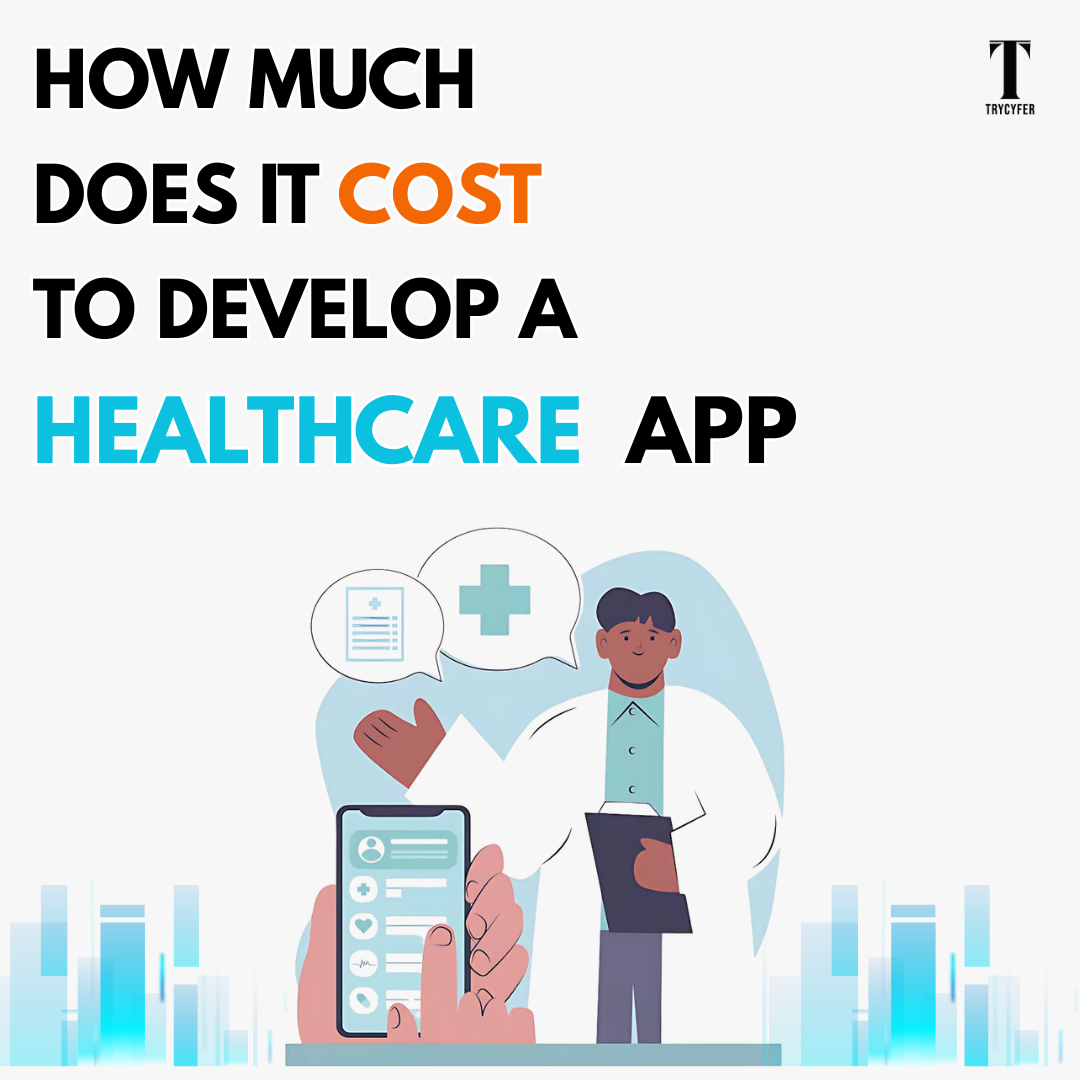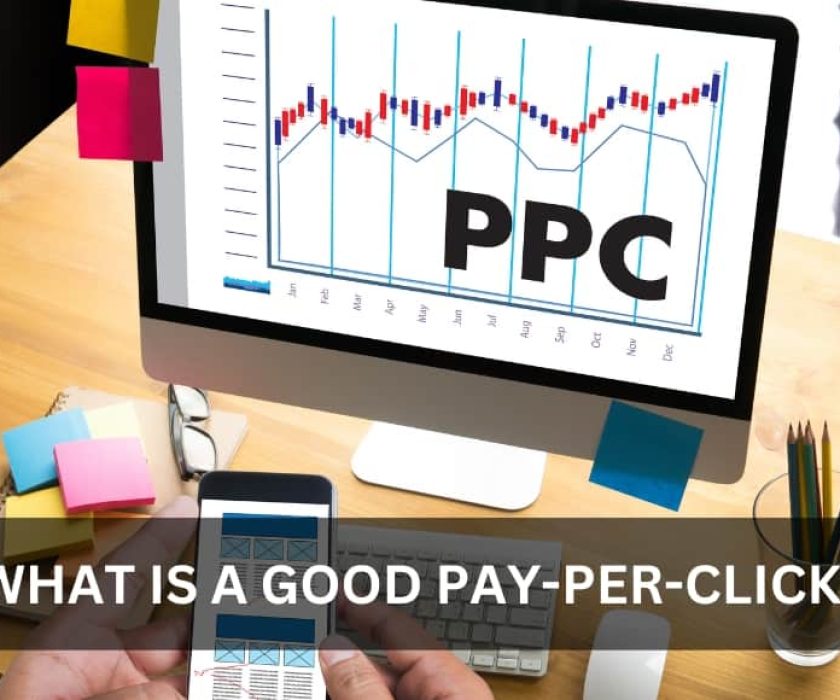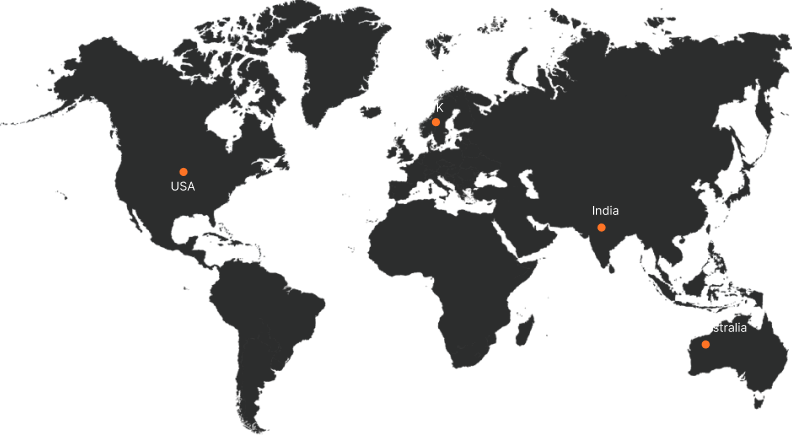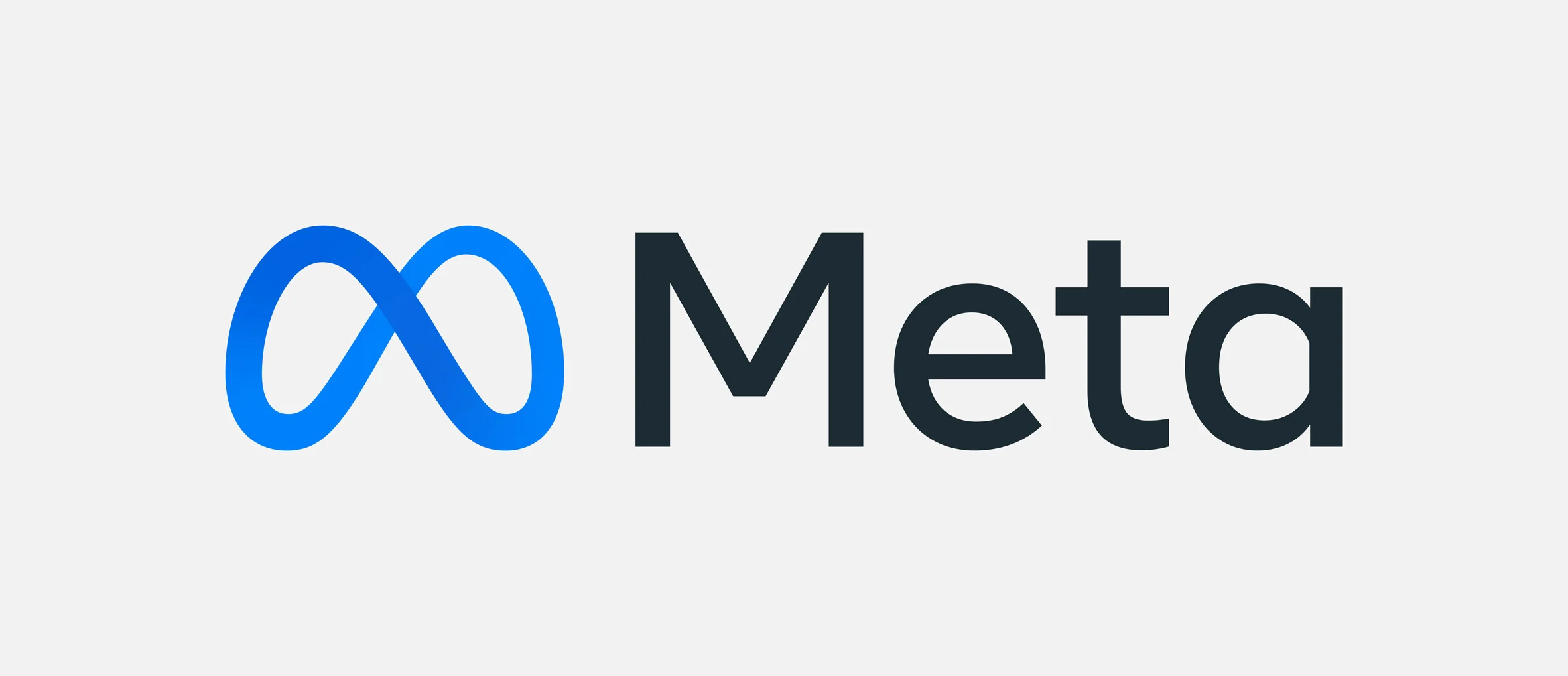How Much Does It Cost to Develop a Healthcare App

The surge in digital health solutions has made healthcare app development one of the most dynamic and sought-after areas in technology. Whether you’re a hospital, a startup, or an established healthcare provider, understanding the cost of developing a healthcare app is crucial for budget planning and strategic decision-making. The answer, however, isn’t straightforward—costs can vary widely depending on the app’s complexity, features, compliance requirements, and development approach. This guide breaks down the key factors that influence the cost of healthcare app development and what you can expect throughout the process.
Key Factors Affecting Healthcare App Development Cost
1. App Type and Complexity
The type of healthcare app you want to build is the primary driver of cost. Here are some common categories:
- Telemedicine Apps: Enable video consultations, appointment scheduling, and secure messaging between patients and doctors.
- Remote Patient Monitoring Apps: Track patient vitals, integrate with wearable devices, and send real-time health data to providers.
- Fitness and Wellness Apps: Offer exercise tracking, nutrition advice, and wellness tips.
- Medical Reference Apps: Provide drug databases, disease information, and clinical guidelines for healthcare professionals.
- Hospital Management Apps: Handle scheduling, billing, inventory, and communication within healthcare facilities.
- EHR/EMR Apps: Manage electronic health or medical records, requiring high-level security and regulatory compliance.
A basic wellness app with simple tracking features will cost significantly less than a full-scale telemedicine or EHR app with advanced integrations and compliance requirements.
2. Core Features and Functionalities
The more features you include, the higher the cost. Essential features in healthcare app development often include:
- User Registration and Profiles: Secure onboarding for patients, doctors, and administrators.
- Appointment Scheduling: Real-time booking, calendar integration, and reminders.
- Video and Audio Calls: High-quality, secure teleconsultations.
- Chat and Messaging: Encrypted communication between users.
- E-Prescriptions: Digital prescriptions sent directly to pharmacies.
- Health Data Integration: Sync with wearables and medical devices.
- Push Notifications: Alerts for appointments, medication, or health updates.
- Payment Processing: Secure billing and in-app payments.
- Analytics and Reporting: Dashboards for users and providers to track progress and outcomes.
- Multi-language Support: Accessibility for diverse user bases.
Each additional feature increases development time and cost, especially if custom or complex functionality is required.
Read more: How to Create Linkedin Profile
3. Platform: iOS, Android, or Both
Deciding whether to launch on iOS, Android, or both will impact your budget. Native development for each platform requires separate codebases and testing, increasing costs. Cross-platform frameworks can reduce expenses but may limit access to some device-specific features.
4. UI/UX Design
Healthcare apps must be intuitive, accessible, and visually appealing. Investing in professional UI/UX design ensures users of all ages and abilities can navigate the app easily. Custom design, accessibility features, and branding will add to the cost but are essential for user adoption and satisfaction.
5. Compliance and Security
Strict regulatory standards like HIPAA, GDPR, or regional health data laws govern healthcare app development. Ensuring end-to-end encryption, secure data storage, user authentication, and regular security audits is non-negotiable. Compliance can significantly increase development time and cost due to the need for specialized expertise and rigorous testing.
Read more: How to Save Pinterest Videos in Gallery
6. Third-Party Integrations
Integrating with EHR systems, payment gateways, telemedicine platforms, or wearable devices adds complexity and expense. Each integration requires custom development, testing, and ongoing maintenance to ensure compatibility and security.
7. Backend Infrastructure
A robust backend is vital for managing user data, appointments, records, and communications. Cloud-based solutions can offer scalability and reliability but add to ongoing operational costs. Custom backend development is more expensive than using third-party backend-as-a-service (BaaS) solutions but offers greater control and customization.
8. Development Team Location and Expertise
The cost of healthcare app development varies significantly based on where your development team is located. Developers in North America and Western Europe command higher rates than those in Eastern Europe, Asia, or Latin America. However, healthcare apps require specialized skills in security, compliance, and health data management, so expertise should never be sacrificed for cost.
Read more: How to Unlock a Locked Facebook Account
9. Testing and Quality Assurance
Rigorous testing and QA are essential to ensure the app is bug-free, secure, and user-friendly. Healthcare apps must undergo functional, performance, security, and compliance testing, often extending the development timeline and budget.
10. Post-Launch Support and Maintenance
Ongoing support, updates, bug fixes, and compliance monitoring are necessary for the long-term success of any healthcare app. Maintenance typically costs 15–20% of the initial development budget annually.
Typical Cost Ranges for Healthcare App Development
Given all these variables, here’s a general breakdown of what you might expect to invest in healthcare app development:
- Simple Healthcare App: $30,000 – $60,000
Basic features, single platform, minimal integrations.
- Moderately Complex App: $60,000 – $120,000
Includes user profiles, appointment scheduling, chat, and basic integrations.
- Complex Healthcare App: $120,000 – $300,000+
Telemedicine, EHR integration, advanced security, multi-platform, custom backend, and regulatory compliance.
These are ballpark figures and can vary based on your specific requirements, location, and the expertise of your development team.
Cost Breakdown by Development Stage
- Discovery & Planning: 5–10%
Market research, requirements gathering, and technical planning.
- UI/UX Design: 10–15%
Wireframes, prototypes, and user interface design.
- Development: 40–50%
Frontend and backend coding, integrations, and feature implementation.
- Testing & QA: 15–20%
Functional, security, and compliance testing.
- Deployment: 5–10%
App store submission, server setup, and launch activities.
- Maintenance & Updates: 15–20% annually
Ongoing support, bug fixes, and feature enhancements.
Hidden Costs in Healthcare App Development
- Regulatory consulting: Ensuring compliance with health data laws.
- Data migration: Importing existing patient records or integrating legacy systems.
- User training: Onboarding healthcare professionals or patients.
- Marketing and user acquisition: Promoting your app to reach your target audience.
- Insurance and liability coverage: Protecting against data breaches or compliance violations.
How to Optimize Your Healthcare App Development Budget
- Start with an MVP: Build a minimum viable product with core features to validate your concept before investing in full-scale development.
- Prioritize features: Focus on must-have functionalities first, then expand based on user feedback and market demand.
- Choose the right tech stack: Leverage cross-platform frameworks and cloud services where appropriate.
- Work with experienced partners: Select a development team with proven expertise in healthcare and compliance.
- Plan for scalability: Build a flexible architecture that can grow with your user base and evolving needs.
Final Thoughts
The cost of healthcare app development is influenced by a complex mix of factors, from app type and features to compliance and ongoing maintenance. Investing in quality design, security, and regulatory compliance is essential for building trust and ensuring long-term success in the healthcare sector. By understanding the key cost drivers and planning strategically, you can develop a robust, user-friendly healthcare app that delivers real value to patients and providers—while staying within your budget.
Read more: How to Change Page Name in Facebook











